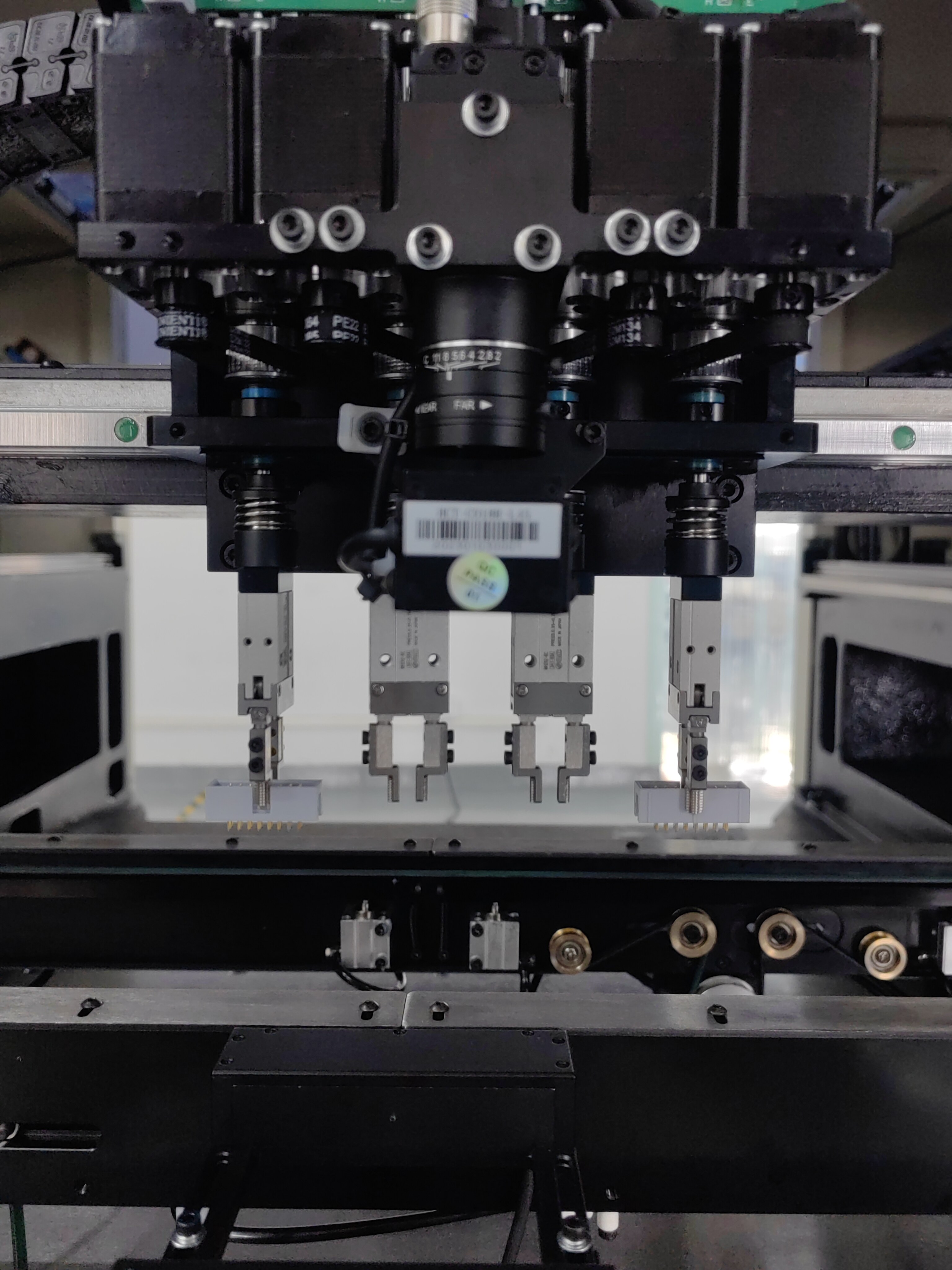E-Mail-Formatfehler
emailCannotEmpty
emailDoesExist
pwdLetterLimtTip
inconsistentPwd
pwdLetterLimtTip
inconsistentPwd


Working principle of plug-in machines
Plug-in machines are a type of automated equipment used in electronics manufacturing. They are designed to perform specific tasks, such as inserting components into circuit boards or testing electronic devices. In this blog, we’ll discuss the working principle of plug-in machines and how they are used in electronics manufacturing.

The working principle of plug-in machines is based on precision and accuracy. These machines are designed to perform repetitive tasks with a high degree of accuracy, which is essential in electronics manufacturing. The machines are programmed to perform specific tasks, such as inserting components into circuit boards or testing electronic devices, and they use a combination of sensors, motors, and other components to perform these tasks.
One of the key components of plug-in machines is the pick-and-place head. This is the part of the machine that picks up components and places them onto the circuit board. The pick-and-place head is equipped with a vacuum nozzle that can pick up components of various sizes and shapes. The head is also equipped with sensors that can detect the position of the components and ensure that they are placed in the correct location on the circuit board.
Another important component of plug-in machines is the conveyor system. This is the part of the machine that moves the circuit board through the various stages of the manufacturing process. The conveyor system is designed to be precise and accurate, ensuring that the circuit board is in the correct position for each stage of the process.
Plug-in machines also use a variety of sensors and cameras to ensure that the manufacturing process is accurate and efficient. For example, cameras can be used to inspect the circuit board and ensure that all components are in the correct location. Sensors can be used to detect any defects or errors in the manufacturing process, allowing the machine to make adjustments as needed.
In conclusion, plug-in machines are an essential part of electronics manufacturing. They are designed to perform specific tasks with a high degree of accuracy and precision, using a combination of sensors, motors, and other components. The working principle of plug-in machines is based on precision and accuracy, and they are an important tool for ensuring that electronic devices are manufactured to the highest standards of quality and reliability.

